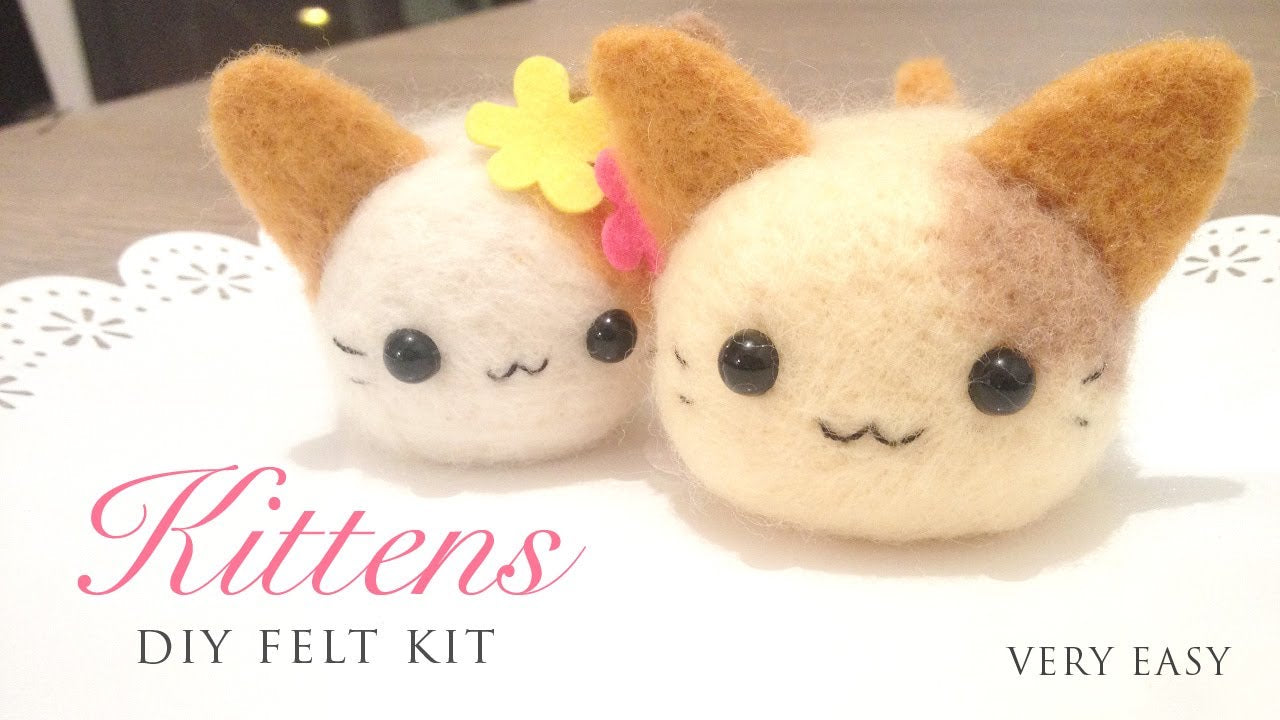Getting the wool ready for needle felting can be difficult, but it's not impossible. To get started, you must gather all the materials you need. The first item you need is a mat. You can use a regular cloth or a quilting pad. If you don't have one, you can purchase a thick sponge, which is very easy to use and cheap. However, sponges don't last very long. Investing in a mat will ensure you have a longer-lasting product.
Once you've prepared the wool for needle felting, you need to use the needle. The needle has sharp barbs and is used to poke the wool. While pricking the wool, make sure to be gentle and not pinch your fingers. If you're a beginner, it's a good idea to use a foam block or sponge to protect your table. The foam will also protect your table and the felting needle from damage.
After the wool has been prepped, you can use it to needle felt an object. After the wool has been felted, you can remove it from the mat. Then, use the needle to push it into the main object. When you've finished, you can place it back into the cookie cutter. This will save you time and wool. It can be a fun project for the whole family and will make a unique gift.
When choosing a needle for needle felting, you need to take into account the type of wool you want to use. Merino wool doesn't felt easily and is a poor choice. Carded wool is the best choice for needle felting projects. It's soft and will take you a very short time to make a project. When you're starting out, use a carded wool for the first few projects.
Choosing a needle is essential for needle felting. A fine gauge needle is ideal for thick, flexible wool. A thinner gauge needle can be used for thin and soft wool. Alternatively, you can try a finer-gauge needle for needle felting. It's important to choose the right wool for felting. The size and type of the needle determines how much wool you need to make your pieces.
Using a felting needle is an essential part of needle felting. Its sharp barbs allow you to manipulate the wool to create a smooth, sculpted object. It is vital to protect your table and the needle by putting a sponge or foam block underneath it. It will prevent damage to your table and the needle. It will also prevent the wool from shedding during the process of needle-felting.
The needle will need to poke through the wool. The needle will be inserted and removed at a very precise angle, so it must not be too forceful. In addition, it should be firmly positioned. Otherwise, you should try to avoid making your needle feel any holes in the wool. In case the needle cannot reach the fibers completely, it's important to use a smaller gauge. Then, you need to insert the needle into the wool until the felting needle catches the wool.
Besides the needle, you need a foam block or sponge for the felting process. You can also use a stencil to make your needle-felting pieces. The needle should be sharp and long enough to avoid the damage of your table or the needle. While the needle should be sharp enough, the sponge should be long enough to hold the piece. After the wool is pushed through the needle, it should become smooth.
You can also use a cookie cutter or a stencil for needle felting. By using a stencil, you can cut out the shape you want by using the wool. After you've created the desired shape, you can sculpt the shape of your needle-felting piece. You can experiment with different techniques by experimenting with the size of the roving and the number of stitches. You can also experiment with the color and the shape.




















